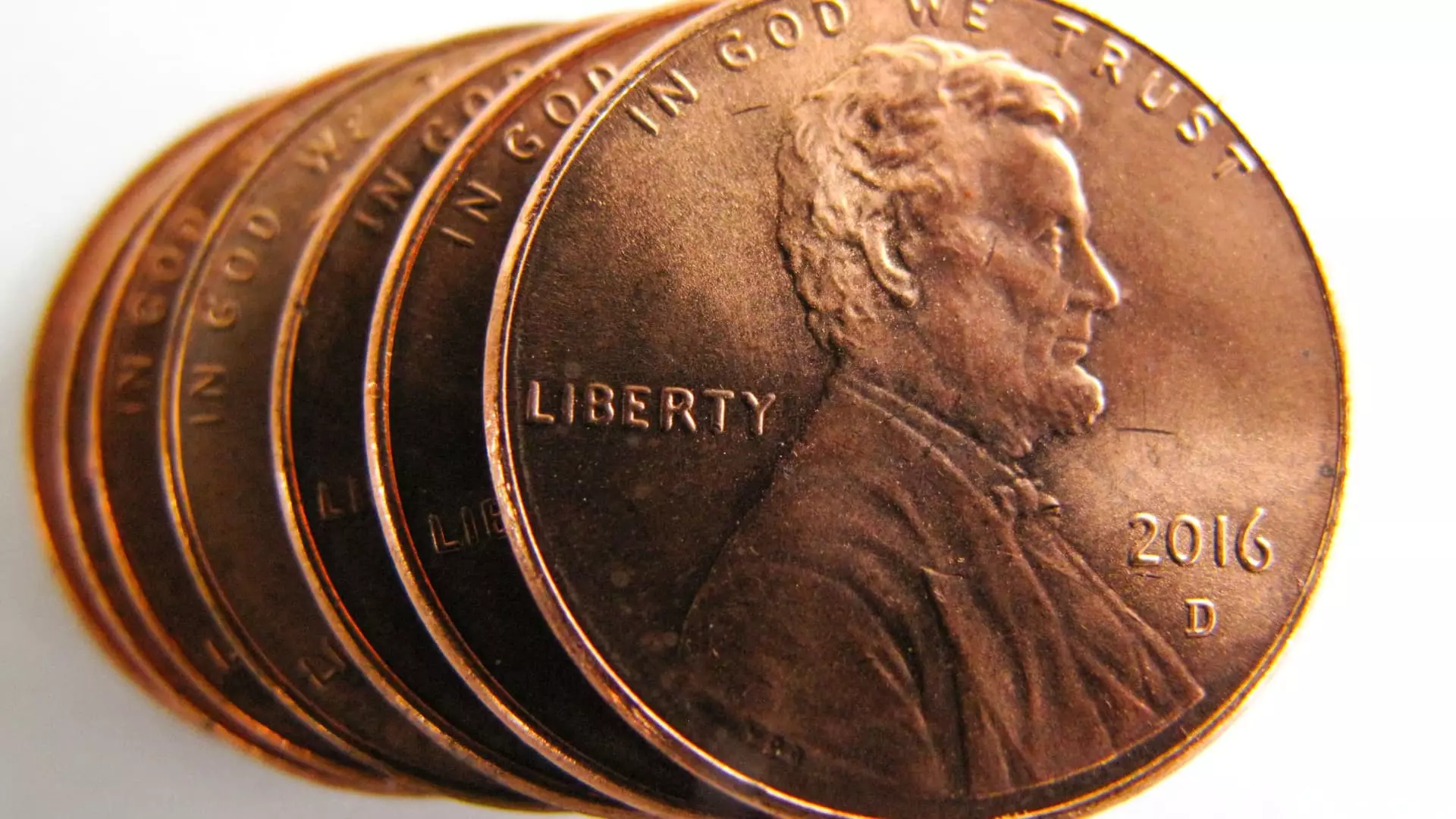The U.S. penny, an icon of American currency for over two centuries, stands at the edge of obsolescence as the increasing costs of production and changing economic realities quietly decide its fate. With each penny costing taxpayers nearly four times its face value and the government adopting more stringent fiscal policies under the Trump administration, the decision has effectively been made: the penny’s days are numbered. A move that is both pragmatic and heartbreaking, the discontinuation of the penny signals a larger confrontation with antiquated fiscal practices that fail to align with modern economic needs.
The treasury’s acknowledgment of “borrowing time” in the context of the penny illustrates a broader truth: our financial system is burdened by relics that have lost their relevance. Every coin minted requires resources and labor, costs that are ultimately borne by the taxpayer. As government inefficiency gets increasingly scrutinized, keeping a depreciating penny in circulation seems like an outrageous folly. Not only does it serve little actual utility in transactions, but it continues to drain resources that could be allocated more effectively.
Rounding Prices: A Minor Inconvenience or a Major Shift?
Some may argue that the removal of the penny could lead to complications at the cash register, where prices typically round to the nearest nickel. However, the reality is that most retail environments are already comfortable with strategies of rounding—something that appears to be a minimal adjustment in our increasingly digital marketplace. In an era where contactless payments and mobile apps dominate, the impact of removing such a low denomination coin feels more like a formality than a catastrophic economic shift.
Moreover, the proposed legislation to halt penny production raises an essential question: what other outdated practices are we clinging onto in our financial system? The move toward updating our currency framework grants us an opportunity to reassess our relationship with money itself. By shedding the penny, we challenge the status quo and prompt a much-needed dialogue about efficiency and resource management.
A Celebration of Progress amidst Nostalgia
It’s undeniably sad to witness the end of a currency that represented something fairly unique in American culture—a hard-earned penny for your thoughts, a child’s first side gig in a lemonade stand, or the jingle of spare change in a jar. However, we must recognize that progress often comes with sacrifice. Letting go of such an inefficient coin will save taxpayers millions and allow for funds to be redirected towards more pressing needs within our society.
By embracing a future without the penny, we take a bold step away from the vestiges of a bygone economic era. This move will not only align with modern practices but also encourage us to reconsider how we handle currency overall. It’s a chance to innovate rather than languish in nostalgia. The penny may be lost, but it opens the door for a financial renaissance that prioritizes practicality over sentimentality, ultimately serving us better as a society.

